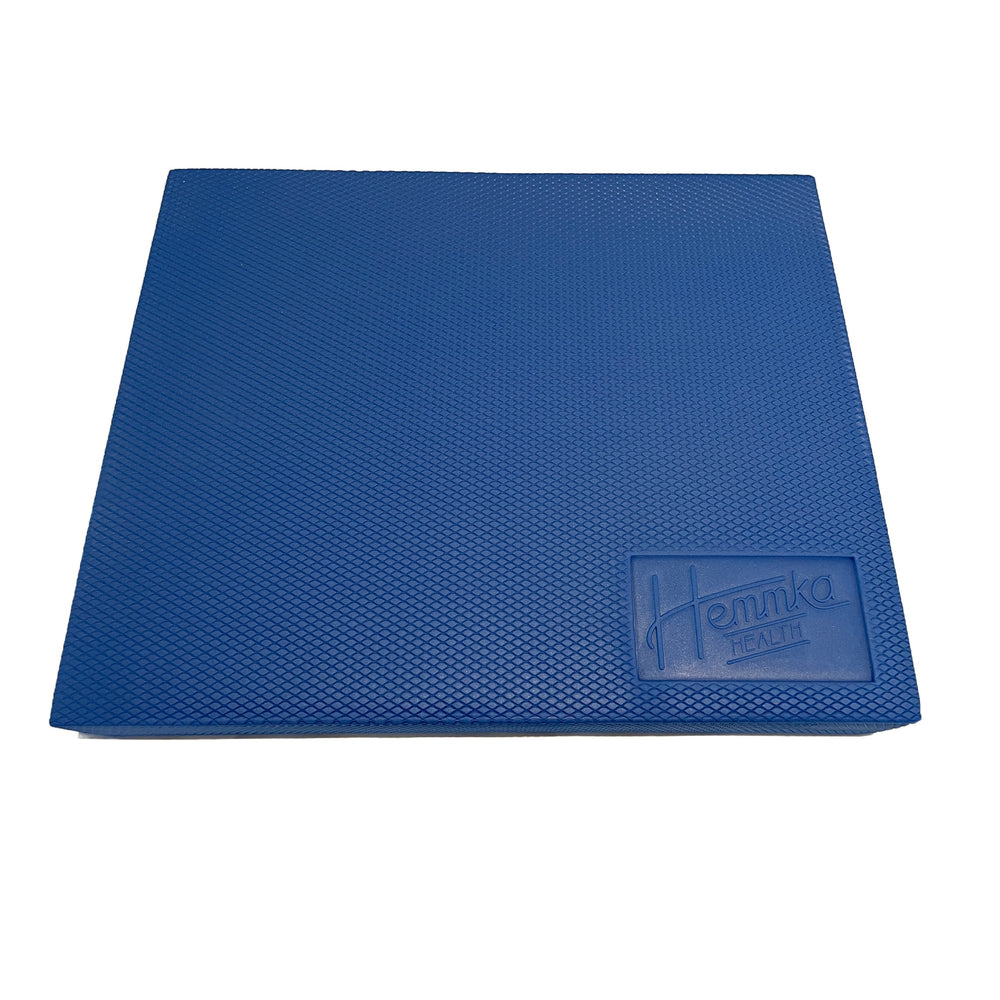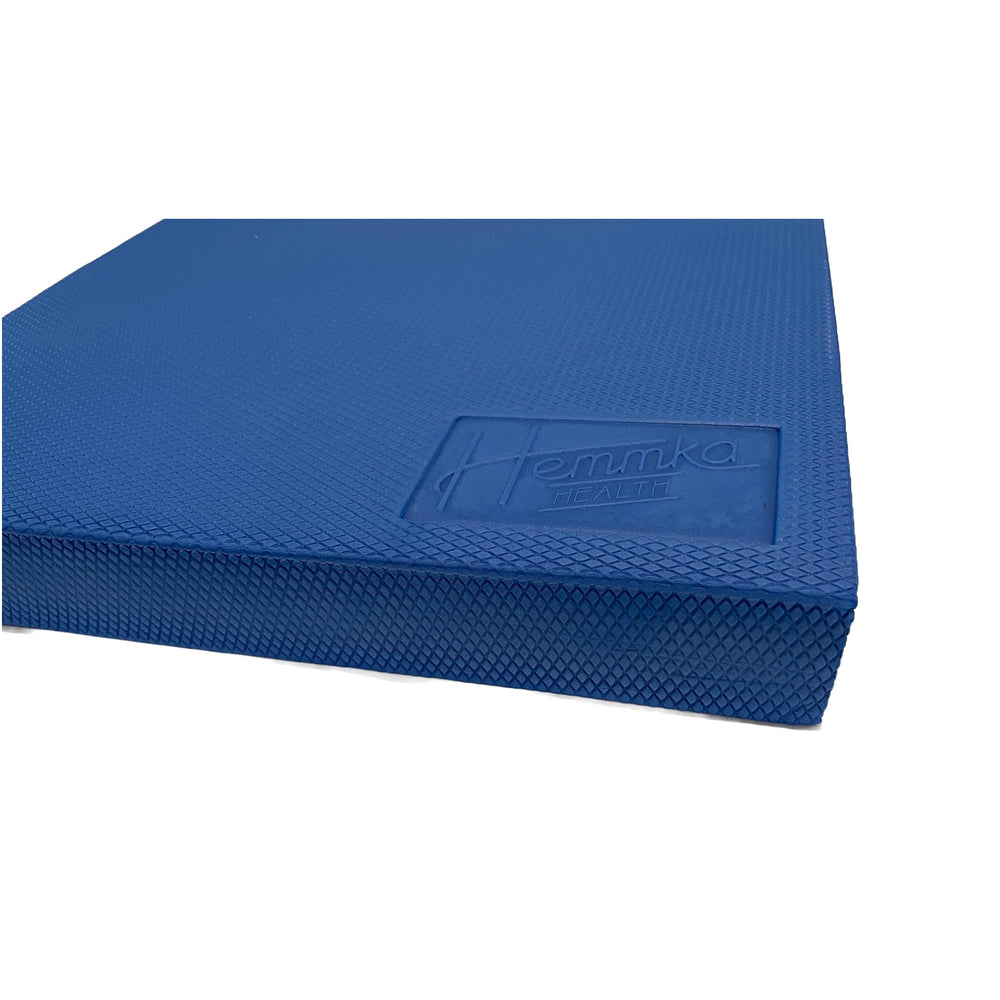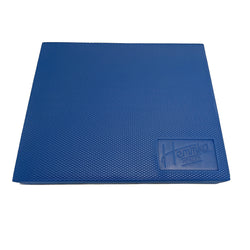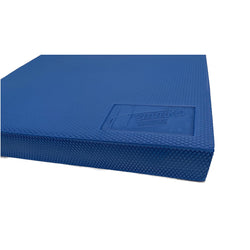The Hemmka Health Balance Pad, also known as a foam balance cushion or wobble cushion, is a versatile tool that can be used to improve balance, stability, and core strength. Here's how to use a balance pad effectively:
-
Getting Started: Place the balance pad on a flat and stable surface. The pad is designed to create an unstable surface, which challenges your balance and engages your core muscles.
-
Balancing Exercises: The primary purpose of a balance pad is to perform various balancing exercises. Start with basic exercises to get used to the pad's instability and gradually progress to more challenging moves. Some exercises you can try include:
-
Two-Leg Balance: Stand on the balance pad with both feet. Try to maintain your balance while engaging your core muscles. Hold this position for a certain amount of time.
-
Single-Leg Balance: Lift one foot off the ground and balance on the other foot while on the pad. This exercise enhances stability and works on strengthening stabilizing muscles.
-
-
Static and Dynamic Movements: You can perform both static (stationary) and dynamic (moving) exercises on the balance pad. For example:
-
Static: Hold a yoga pose like Tree Pose or Warrior III on the balance pad to challenge your balance and stability.
-
Dynamic: Perform exercises like squats, lunges, or knee raises while on the balance pad. The instability will make these movements more challenging and engaging.
-
-
Seated and Kneeling Exercises: The balance pad can also be used for seated or kneeling exercises, making it versatile for various fitness levels:
-
Seated Exercises: Sit on the balance pad while performing exercises like seated leg lifts, twists, or marches. This challenges your core stability while working your lower body.
-
Kneeling Exercises: Kneel on the balance pad and perform exercises like kneeling push-ups or kneeling leg lifts. This adds an element of instability to the movements.
-
-
Yoga and Stretching: Incorporate the balance pad into your yoga or stretching routine to add an extra dimension to your practice. Poses like Downward Dog or Plank can be performed with your hands on the pad, engaging your core muscles more.
-
Progressive Training: As you become more comfortable with the balance pad, you can increase the difficulty of exercises. This can include closing your eyes, performing exercises with one hand held behind your back, or adding weights to certain movements.
-
Safety and Guidelines:
- Always perform exercises on a stable surface before progressing to the balance pad.
- Use the balance pad with bare feet or non-slip footwear to ensure better grip.
- Maintain proper posture and form during exercises to prevent injury.
- Start with shorter durations and gradually increase the time as your balance improves.
- If you have any medical conditions or injuries, consult a healthcare professional before using the balance pad.
Remember, consistency is key to improving your balance and stability. Start with simple exercises and gradually challenge yourself with more complex movements. The balance pad can be a valuable tool to enhance your overall fitness and coordination.
- Length (cm) ~ 40.00
Width (cm) ~ 33.00
Height (Cm) ~ 5.00
Density (kg/m3) ~ 50.00
Weight (kg) ~ 0.34
Colour: Blue
Composition: TPE





